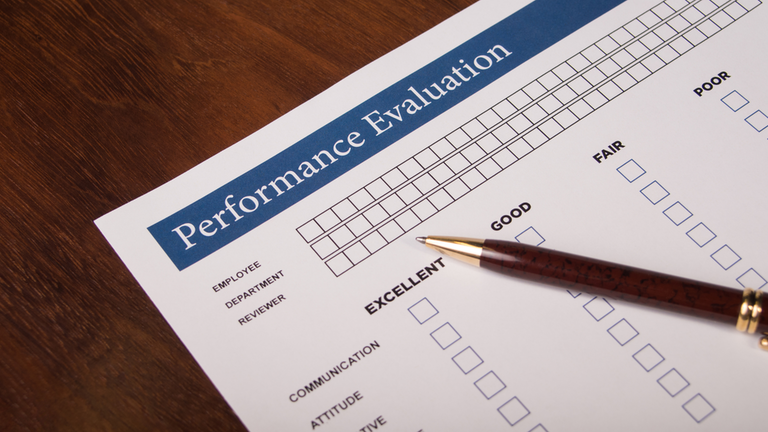Originally published in FleetOwner
There has been a lot of focus lately on improving diversity, inclusion, fairness and equity in the workplace. Best-in-class companies are recognizing the value this brings to their operations and are re-evaluating many of their processes. One of those processes is performance reviews. I have written on this subject before, but I recently saw a webinar hosted by 15Five, a people management solutions provider, on minimizing bias in performance reviews.
Jeff Smith, vice president strategic initiatives/cognitive psychologist at 15Five, began the webinar by reviewing both why we conduct performance reviews and defining what is meant by bias. He reminded us that we are all biased in many ways and the goal is to become aware of our biases and make sure they do not interfere with employee performance evaluations.
Smith talked about several different kinds of biases. The first is recency bias, which happens when we focus on events that have occurred most recently rather than looking out at employee performance over the whole period the review is covering. The best way to minimize this form of bias, according to Smith, is to gather data on a regular basis throughout the entire evaluation period.
Another was primacy bias, which has managers focusing on their first or early impressions of an employee and allowing those impressions to color how they view an employee. The solution here is again to gather data throughout the evaluation period to make sure you have a more complete view of how the employee is performing.
Smith explained managers should also be on the lookout for affinity bias, the unconscious tendency to get along better with people who are most like us. Make sure to review what you plan to say in employee evaluations to look for this type of bias.
The next form of bias deals with contextual performance/organizational citizenship behaviors. This may occur when the manager focuses on behavior that is outside of the scope of work goals. Make sure your evaluations focus on job specific criteria.
Power bias is the tendency to rate yourself higher than other people and tends to occur as a person’s power level increases. Smith says to make sure you educate your managers about this type of bias and train them on how to not let it interfere with reviews.
Implicit person theory/personal growth mindset is a bias in which the person doing the evaluation does not believe people can change and as a result their rating become fixed. Again, Smith says you need to educate people about this bias and make sure they are using explicit criteria when evaluating employee performance.
Another bias is when a manager allows the way he or she was evaluated to affect how they evaluate their employees. One way to minimize this bias is to conduct manager performance reviews at the same time other reviews are occurring.
Toward the end of the webinar, Smith offered some general suggestions for minimizing bias. These included separating the review, promotion and compensation processes, relying on external benchmarks and multiple inputs throughout the review process and holding managers accountable by having regular conversations with them and making sure they are making data driven decisions when evaluating employee performance.
Smith also recommended educating managers on ways they can minimize bias and continuously improving the feedback process. He also said that there are technology solutions that can help managers make better and fairer decisions and that help reduce the impact of bias on the employee review process.
While we all have biases, becoming aware of what those biases are can minimize their impact on the employee review process and lead to more equity and fairness in your workplace.





